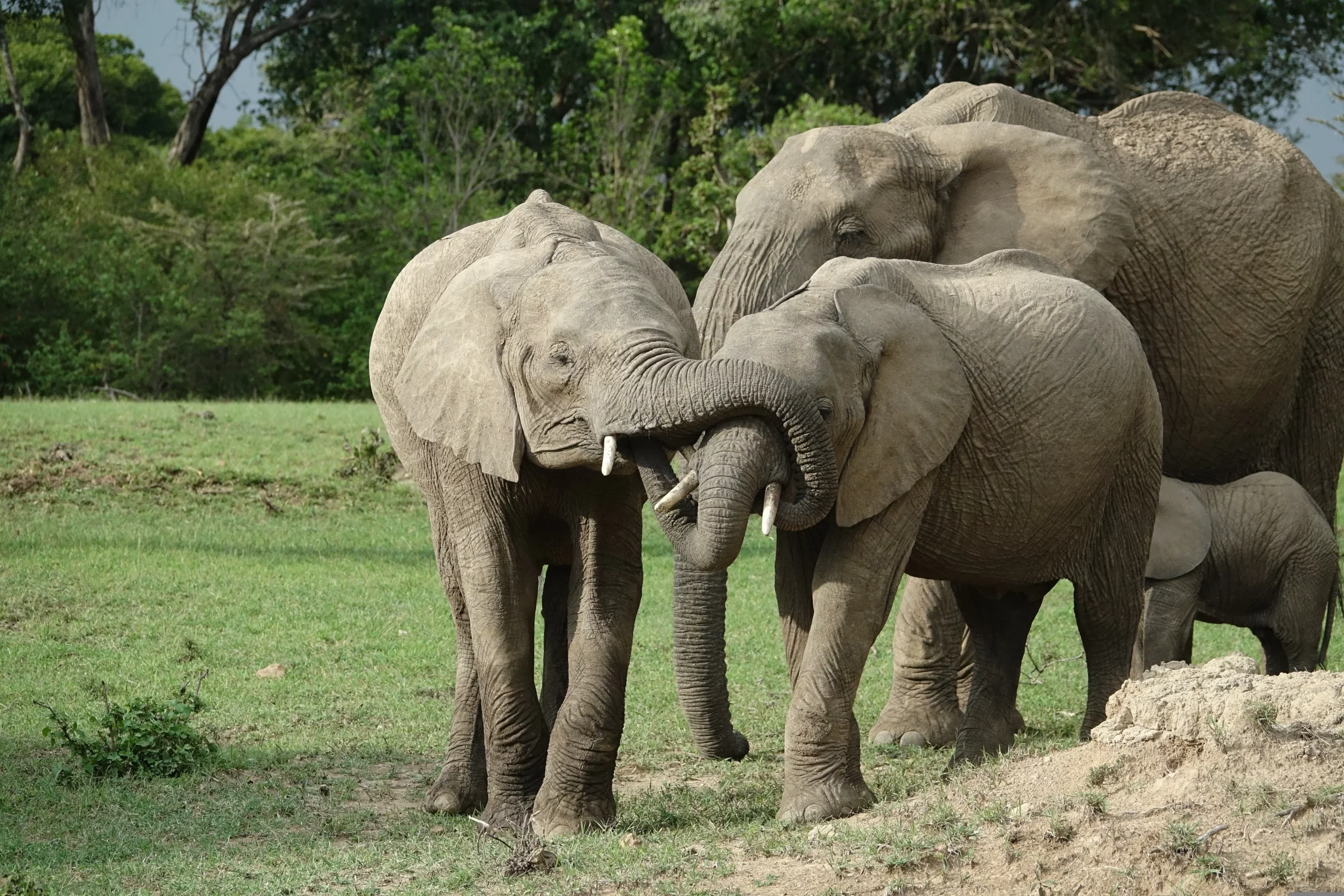
Elephants in Masai Mara
African elephants are incredibly intelligent and socially complex animals, making them one of Africa’s most iconic creatures. As the largest land animals on Earth, some can grow up to 7.5 meters long, stand 3.3 meters tall at the shoulder, and weigh as much as 6 tonnes. In Kenya, you can marvel at these magnificent elephants while on a wildlife safari in the Masai Mara National Reserve or by visiting Kenya’s various National Parks and Reserves. The Masai Mara is home to these gentle giants, offering guests the chance to enjoy the breathtaking sight of elephants in their natural habitat. See our Masai Mara Packages.
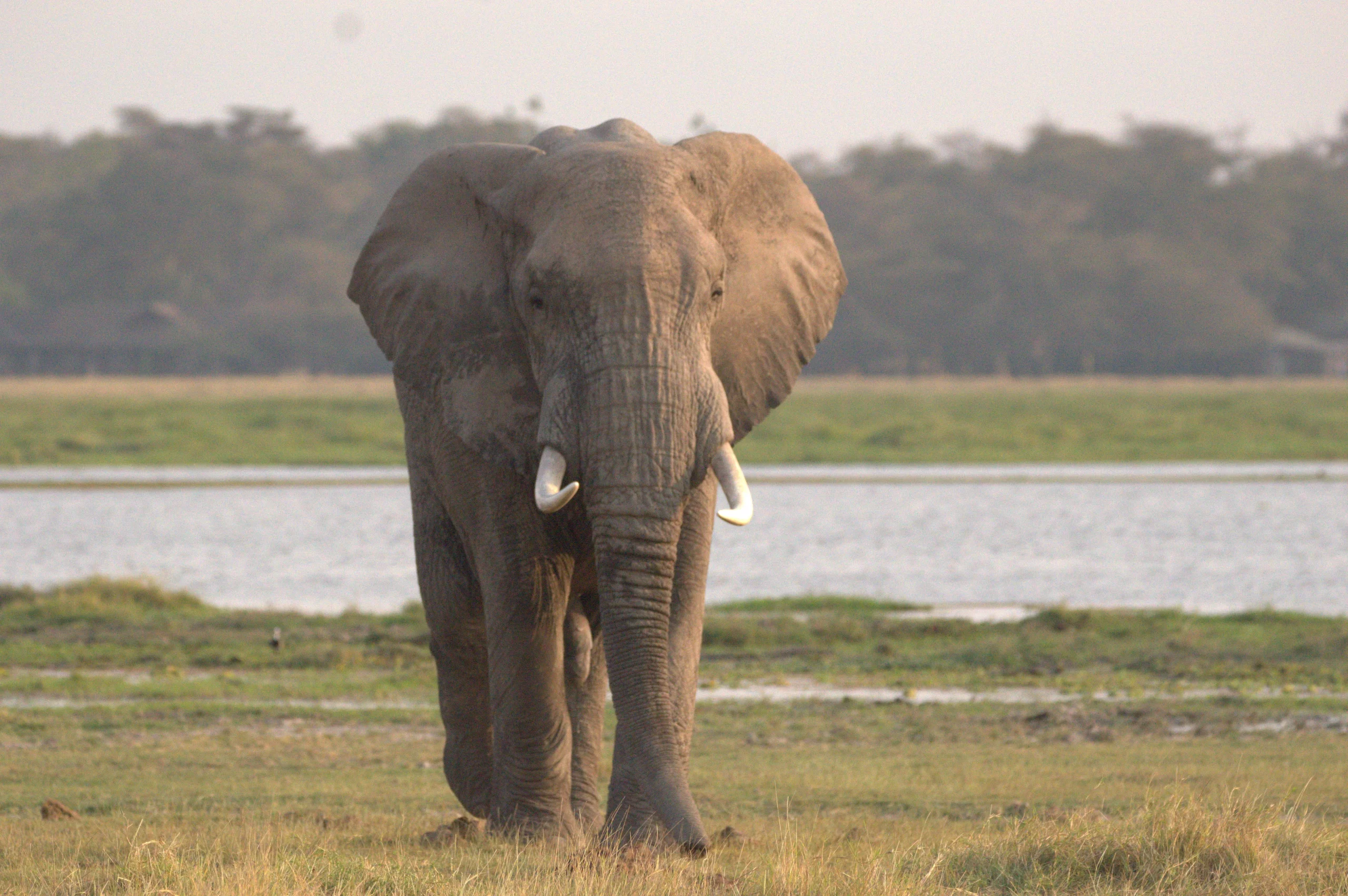
African elephants are fascinating creatures that live in female-led groups, known as matriarchal herds. The matriarch is usually the largest and oldest female, guiding a multi-generational herd that includes other females, or cows, and their young ones. Adult males, called bulls, often live alone but may occasionally form small groups with other males. In the savannah, each family unit typically has around 10 members, but several family units can come together to form a ‘clan’ with up to 70 members, all led by a female. Forest elephants, on the other hand, live in smaller family units.
Elephants have a big appetite, munching on roots, grasses, fruit, and bark. An adult elephant can eat up to 300 pounds of food in just one day! These gentle giants are a remarkable part of the Masai Mara National Reserve, where guests enjoy watching them in their natural habitat.
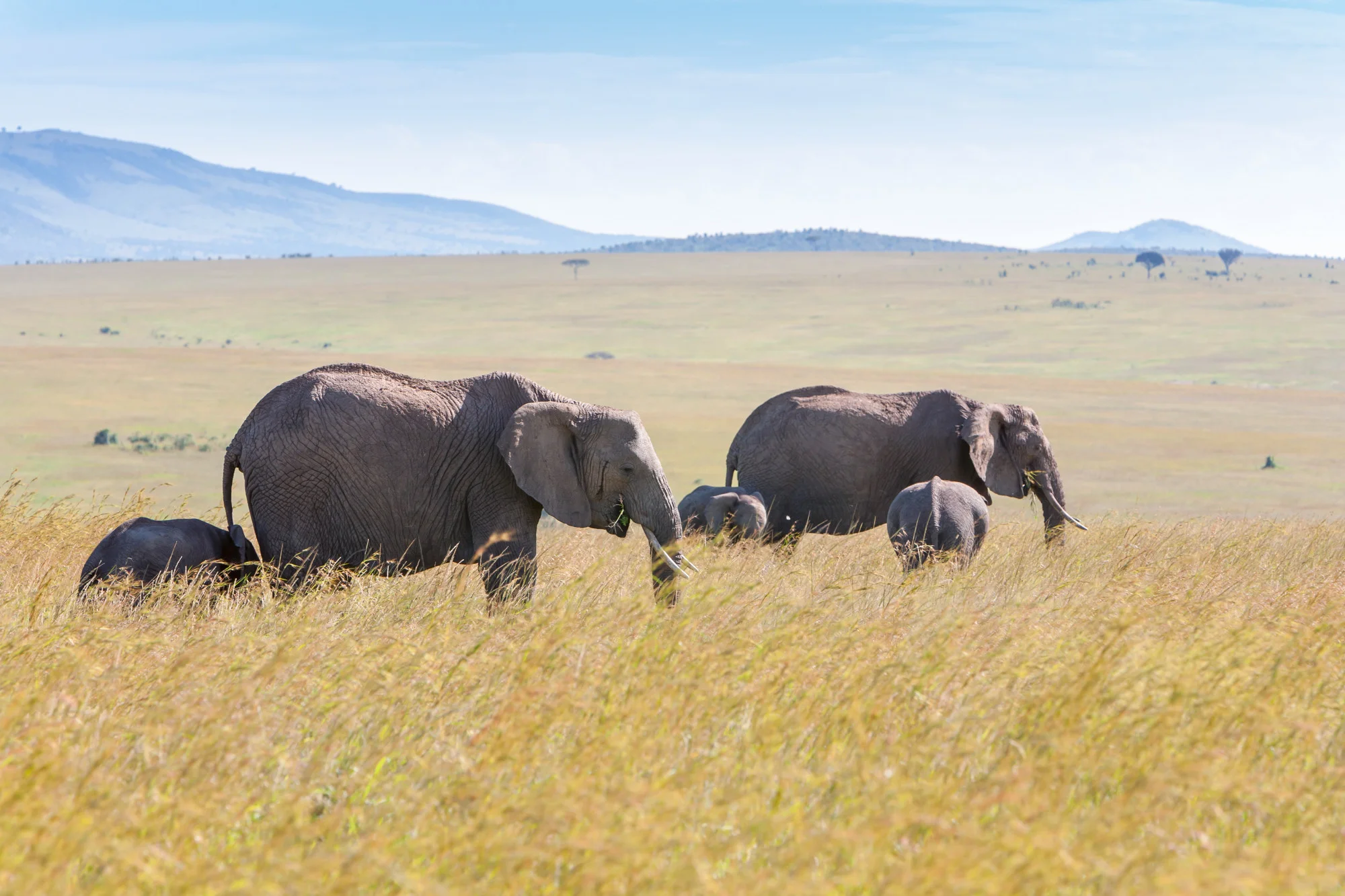
Elephants have one of the longest pregnancies in the animal kingdom, lasting about 23 months! After birth, young elephants wean between 6 to 18 months, but they might continue nursing for over 6 years. When male elephants hit puberty, they leave their family group and often make new friends with other males. Female elephants are most fertile between the ages of 25 and 45, while males need to be at least 20 to successfully compete for a mate. These majestic creatures can live up to around 70 years, making them one of the longest-living animals in the Masai Mara ecosystem.
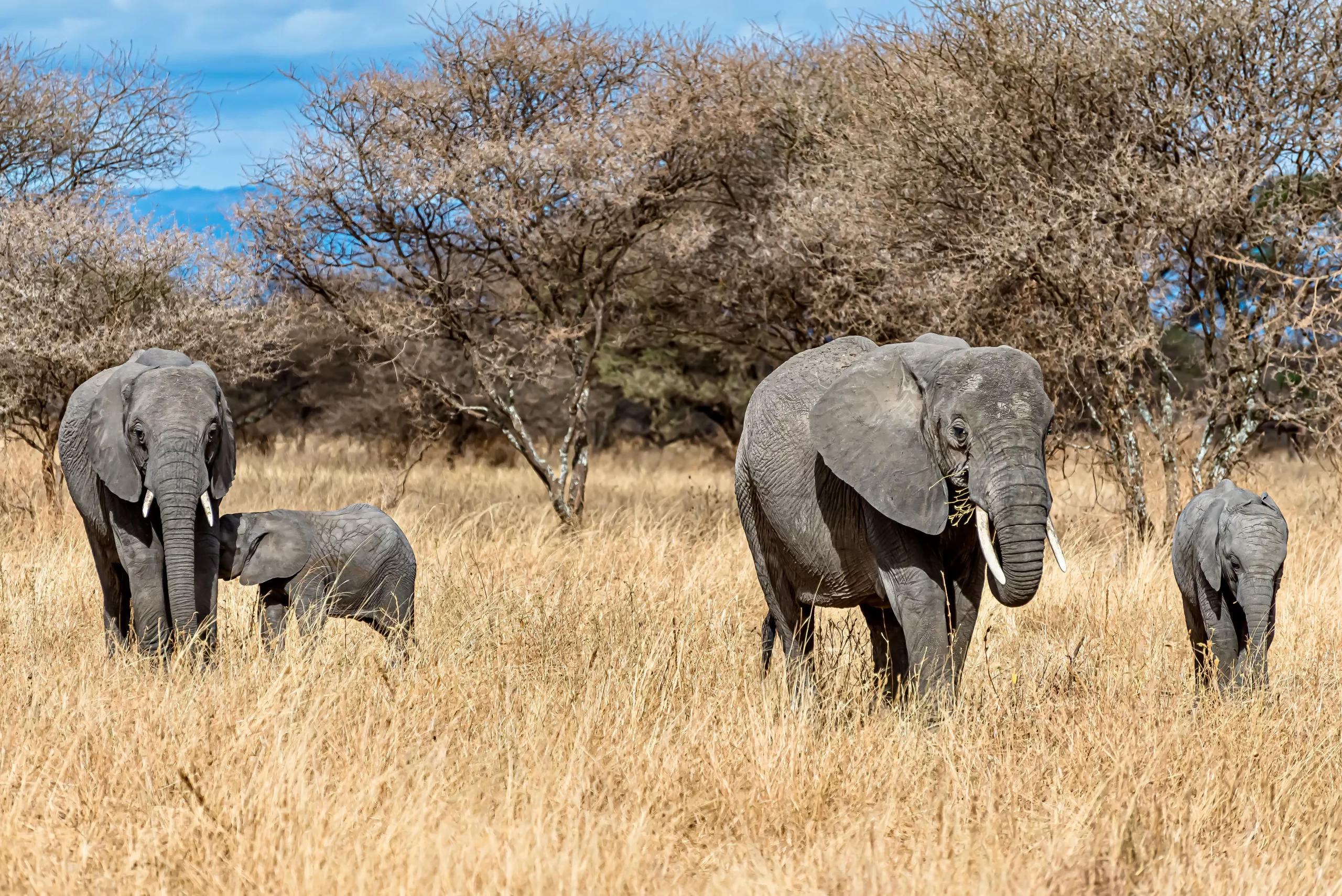
An elephant’s trunk is one of the most remarkable creations in the animal world. It’s not just a nose, but also an arm, hand, and multi-purpose tool. Imagine a trunk so strong it could fend off a lion with just one swipe, yet delicate enough to gently pick up a feather from the ground. This amazing organ is boneless and consists of about 40,000 muscles, making it incredibly versatile and essential for the elephant’s daily life.
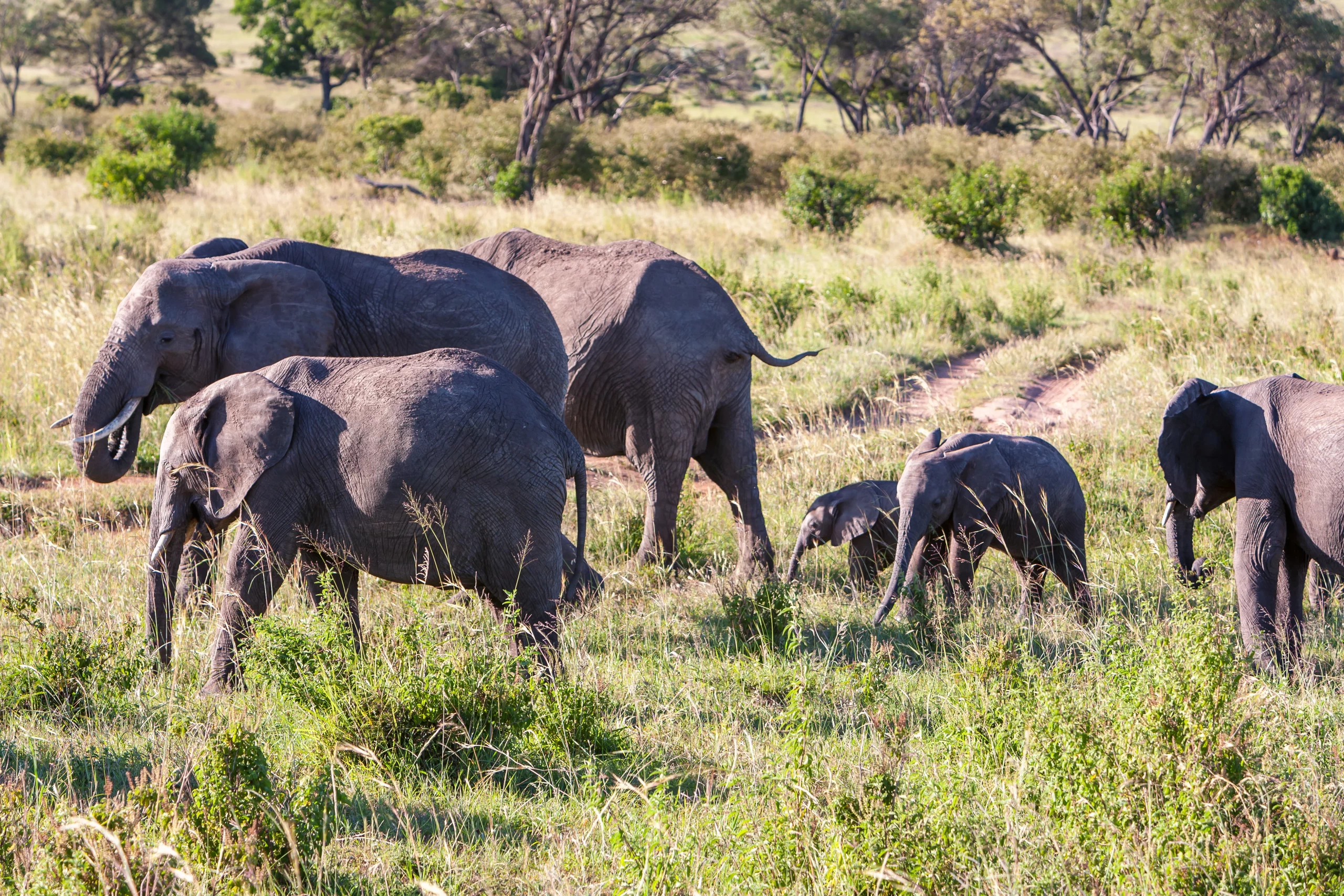
Elephants have a fascinating way of communicating with each other. They use infra sound, which is a type of sound too low for humans to hear. Imagine their ‘calls’ traveling across 50 square kilometers, and at dusk, when it gets cooler, these calls can reach up to 300 square kilometers! While elephants can’t jump, they absolutely love water and are excellent swimmers. Their ears are quite special too. Covered in veins, each ear has a unique pattern, just like human fingerprints, which helps identify individual elephants. These ears are also filled with blood vessels, and when elephants flap them, it helps cool down their bodies quickly.
